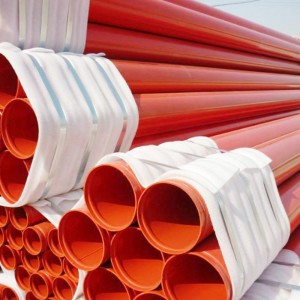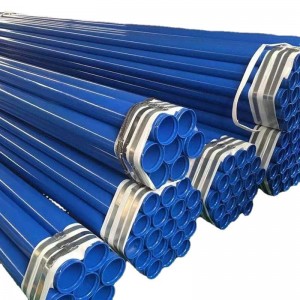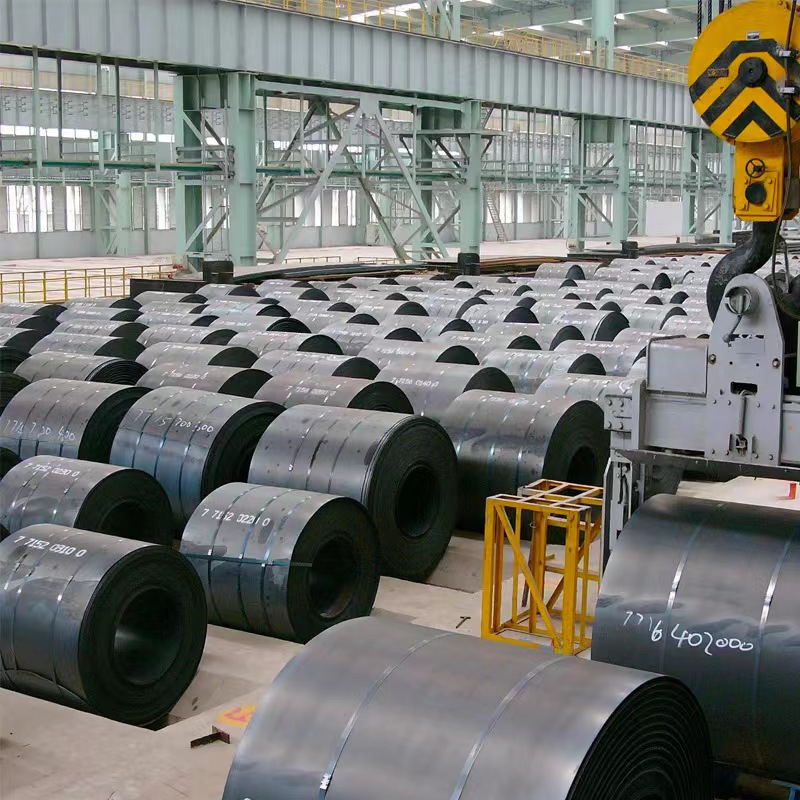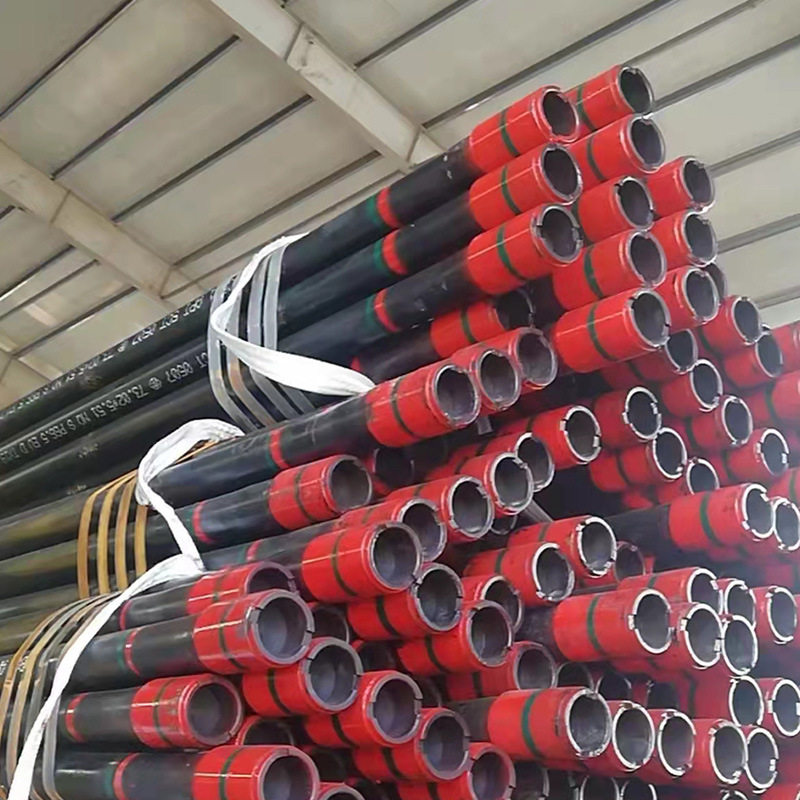
Products
ERW Carbon Steel Groove Black&HDG Pipe
Parameter
| Production Range | ||||||||||||||||||||||
|
WT mm 0D inch |
1.5 | 2 | 2.5 | 3 | 3.5 | 4 | 4.5 | 5 | 5.5 | 6 | 6.5 | 7 | 7.5 | 8 | 8.5 | 9 | 9.5 | 10 | 10.5 | 11 | 11.5 | 12 |
| 1 | √ | √ | √ | √ | ||||||||||||||||||
| 1-/1/4 | √ | √ | √ | √ | ||||||||||||||||||
| 1-/1/2 | √ | √ | √ | √ | √ | √ | ||||||||||||||||
| 2 | √ | √ | √ | √ | √ | √ | ||||||||||||||||
| 3 | √ | √ | √ | √ | √ | √ | √ | √ | ||||||||||||||
| 4 | √ | √ | √ | √ | √ | √ | √ | √ | ||||||||||||||
| 5 | √ | √ | √ | √ | √ | √ | √ | |||||||||||||||
| 6 | √ | √ | √ | √ | √ | √ | √ | √ | √ | √ | √ | √ | √ | √ | √ | √ | ||||||
| 8 | √ | √ | √ | √ | √ | √ | √ | √ | √ | √ | √ | √ | √ | √ | √ | √ | √ | √ | ||||
| 10 | √ | √ | √ | √ | √ | √ | √ | √ | √ | √ | √ | √ | √ | √ | √ | √ | ||||||
| 12 | √ | √ | √ | √ | √ | √ | √ | √ | √ | √ | √ | √ | √ | √ | √ | √ | ||||||

There are three differences between cold rolled steel and hot rolled steel
1. The essence of the two is different
(1) The essence of cold rolled steel: Cold rolled steel is steel produced through cold rolling. Cold rolling is the process of further rolling a steel plate to a target thickness at room temperature.
(2) The essence of hot rolled steel: Hot rolled steel is a type of steel rolled above the recrystallization temperature.
2. The characteristics of the two are different
(1) Features of cold rolled steel: The thickness of cold rolled steel plate is more accurate, and the surface is smooth and beautiful. At the same time, it also has various superior mechanical properties, especially in terms of processing performance.
(2) Characteristics of hot rolled steel: During hot rolling, the metal has high plasticity and low deformation resistance, greatly reducing the energy consumption of metal deformation. Hot rolling can improve the processing performance of metals and alloys, that is, the crushing of coarse grains in the casting state, significant crack healing, reducing or eliminating casting defects, transforming the as-cast structure into a deformed structure, and improving the processing performance of alloys.
3. The processing requirements for the two are different
(1) Processing requirements for cold rolled steel: Cold rolled steel requires high mill power, low rolling efficiency, and intermediate annealing to eliminate work hardening during the rolling process, so the cost is also high.
(2) Processing requirements for hot rolled steel: Hot rolled steel is easy to roll and has high rolling efficiency. The hot rolling temperature includes the start rolling temperature and the finish rolling temperature. The start rolling temperature is mainly determined based on about 80% of the solidus temperature in the alloy phase diagram, while the finish rolling temperature is determined based on the alloy's plasticity diagram, which is generally controlled above the alloy's recrystallization temperature.










